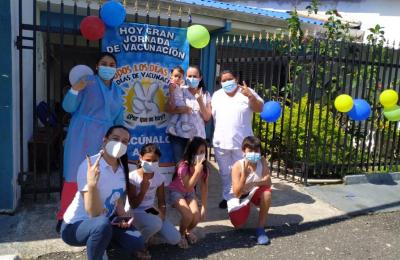Toward a holistic definition for Information Systems for Health in the age of digital interdependence
The article’s main objective is to propose a new definition for Information Systems for Health, which is characterized by the identification and involvement of all the parts of a complex and interconnected process for data collection and decision-making in public health in the information society. The development of the concept was through a seven-step process including document analysis, on-site and virtual sessions for experts, and an online survey of broader health professionals.












